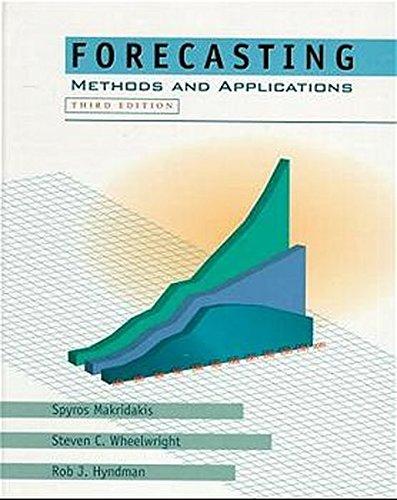Question
21 - The risk-free rate is 6%, the market risk premium is 11.3%, and the stocks beta is 0.34. What is the required rate of
21 -
The risk-free rate is 6%, the market risk premium is 11.3%, and the stocks beta is 0.34. What is the required rate of return on the stock, E(Ri)?
Use the CAPM equation.
22You have a $64,237 portfolio that consists of $18,557 invested in Stock A, $23,141 invested in Stock B, $8,327 invested in Stock C, and the remainder in Stock D. The portfolio has a return of 21.6 percent. The return for Stock A is 10.3 percent, for Stock B is 28.1 percent, and for Stock C is 12 percent. What is the return for Stock D?
23You have invested $87,512 portfolio in three securities. The three securities comprise of the risk-free asset, Stock A, and Stock B. The beta of stock A is 2.2 while the beta of stock B is 0.2. 13% of the portfolio is invested in the risk-free security. What is the dollar amount invested in stock B if the beta of the portfolio is 1.2?
25
Based on the following information, what is the portfolio beta?
| Stock | Value | Beta |
| A | $11,908 | 2.99 |
| B | $41,665 | 0.41 |
| C | $9,104 | 2.07 |
| D | $5,089 | 0.15 |
27ABC Company has $1,000 face value bonds outstanding. These bonds pay interest semiannually, mature in 12 years, and have a 8.5 percent coupon.The current price of the bond is $1020. What is the yield to maturity?
Step by Step Solution
There are 3 Steps involved in it
Step: 1

Get Instant Access to Expert-Tailored Solutions
See step-by-step solutions with expert insights and AI powered tools for academic success
Step: 2

Step: 3

Ace Your Homework with AI
Get the answers you need in no time with our AI-driven, step-by-step assistance
Get Started


